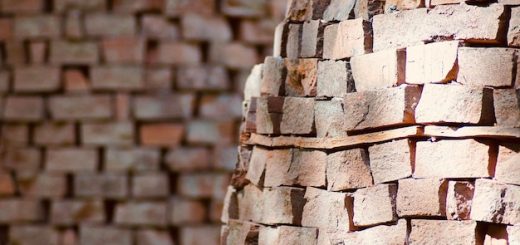Protecting Your Investment: Understanding Property Insurance Essentials
As a property owner, your investment in real estate is likely one of the biggest and most important investments you will make in your lifetime. However, unexpected disasters and accidents can threaten that investment. This is where property insurance comes in to provide protection and safeguard your financial future.
Property insurance, also known as homeowners or home insurance, is a type of insurance policy that covers damages to your property caused by covered events such as fire, theft, vandalism, or natural disasters like hurricanes and earthquakes. It also provides liability coverage in case someone is injured on your property.
When purchasing a home or property, most mortgage lenders require you to have homeowners insurance. This ensures that their investment (your loan) is protected in case of any damage or loss to the property.
There are different types of home insurance policies available depending on the type of dwelling you own – whether it’s a single-family house or condominium unit. Each policy has its own set of coverage options and limits. Typically, they cover damages to both read the complete guide building itself) and personal belongings inside (furniture, appliances). In some cases, it may even cover additional living expenses if you have to stay elsewhere due to damage to your primary residence.
It’s important to review your policy regularly with an agent who can help customize it according to your specific needs. For instance, if you live near a flood-prone area but don’t have flood coverage included in your policy – this could result in costly damages not being covered by standard home insurance.
What Does Property Insurance Cover?
1) Dwelling Coverage: Covers damage sustained by the structure/dwelling itself such as walls and roofs.
2) Personal Property: If items inside were damaged by any insured perils named on the policy.
3) Liability Coverage: If someone gets hurt while at/on/because-of-property belonging under an insured property.
4) Additional Living Expenses: If damage forces you to vacate the house while it gets repaired.
Additionally, most insurance policies offer optional coverage for valuable pieces of jewelry or high-priced items that may require separate appraisals such as artwork, antiques, or collectibles. It’s crucial to communicate these expensive items with your agent to ensure they are adequately covered.
Deciding on coverage options can be tricky. The final cost will depend on both policy choices and how much “risk” insurance company considers you for your property’s vicinity. For example, if you live in an earthquake-prone place, then earthquake coverage may not be an additional cost; still living in California makes earthquakes more likely (higher-risk), so there could be a higher premium attached.
In conclusion, having proper homeowners’ insurance is essential when owning property and ensuring its financial protection during unforeseen circumstances. Reviewing coverages can give anyone peace of mind knowing their investment (and future finances) will be taken care of should anything happen.



